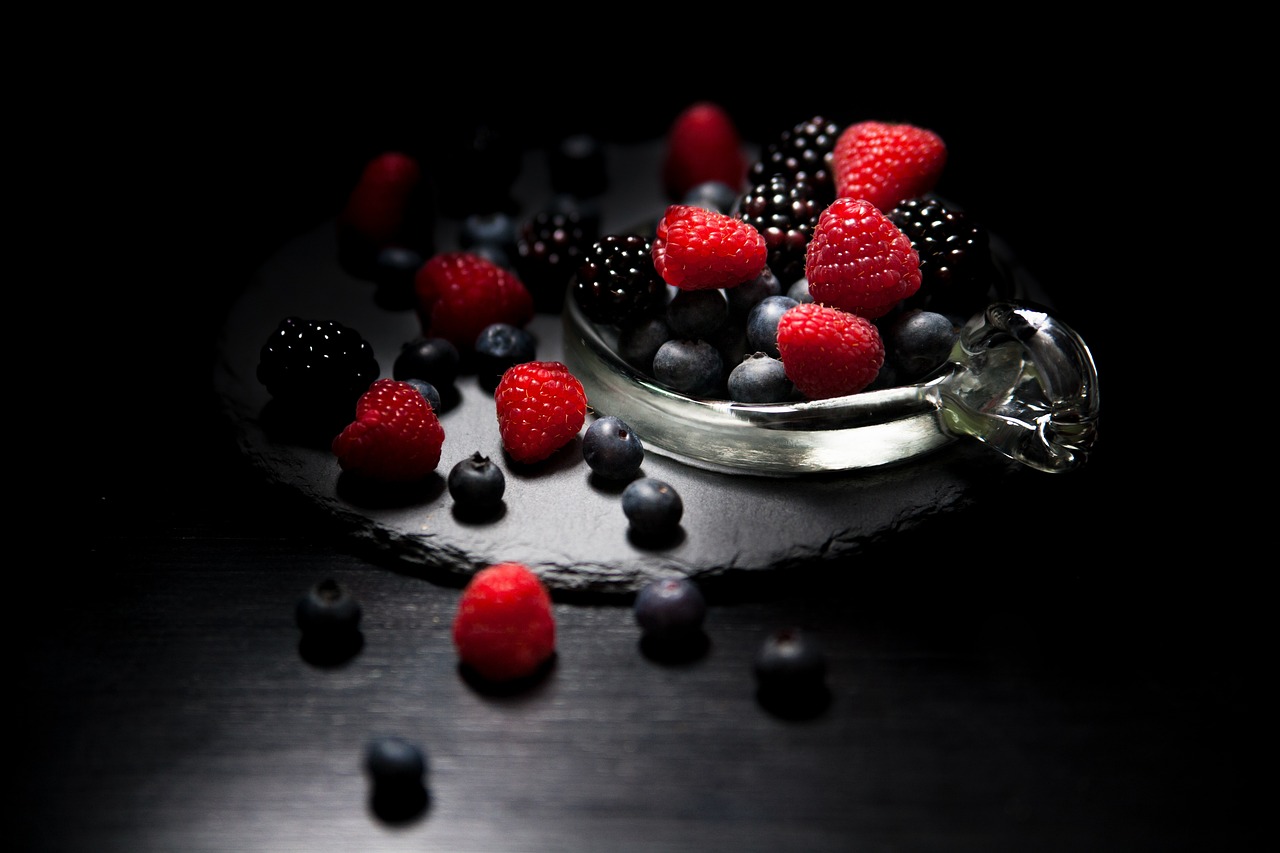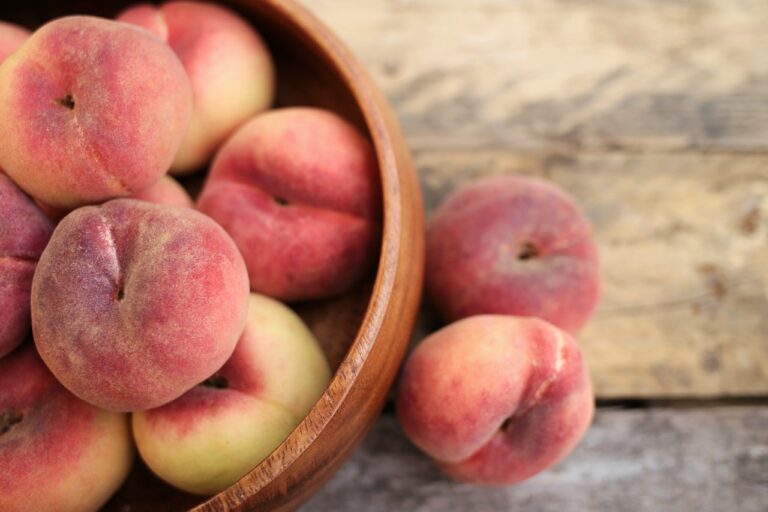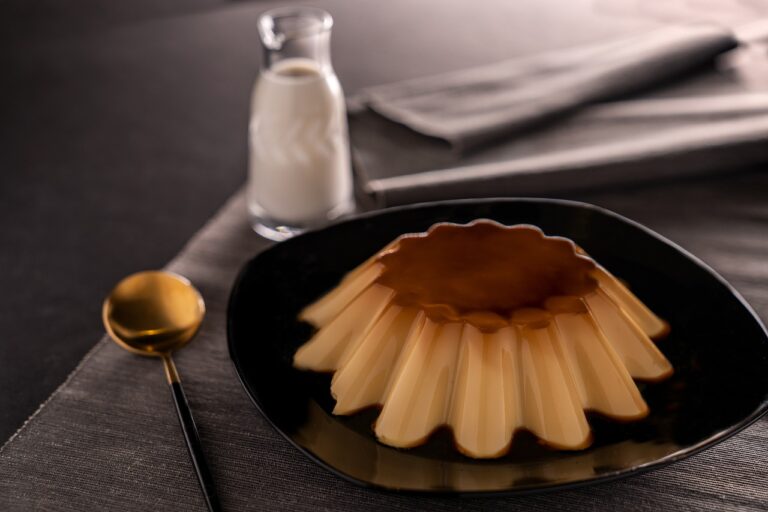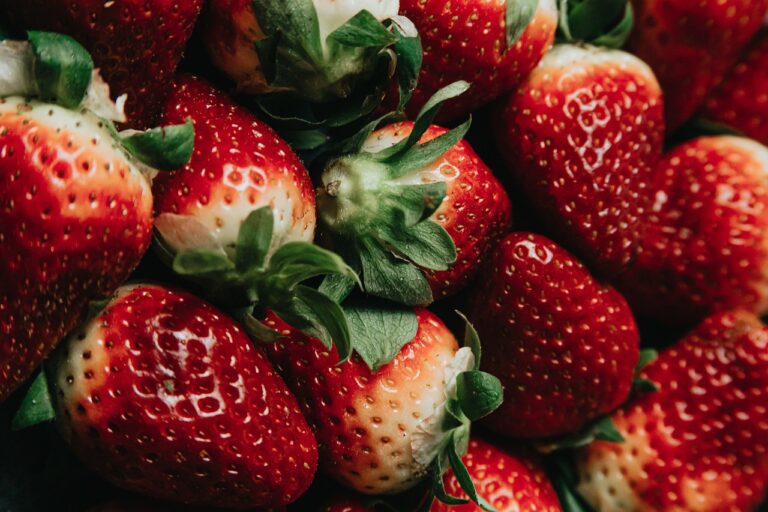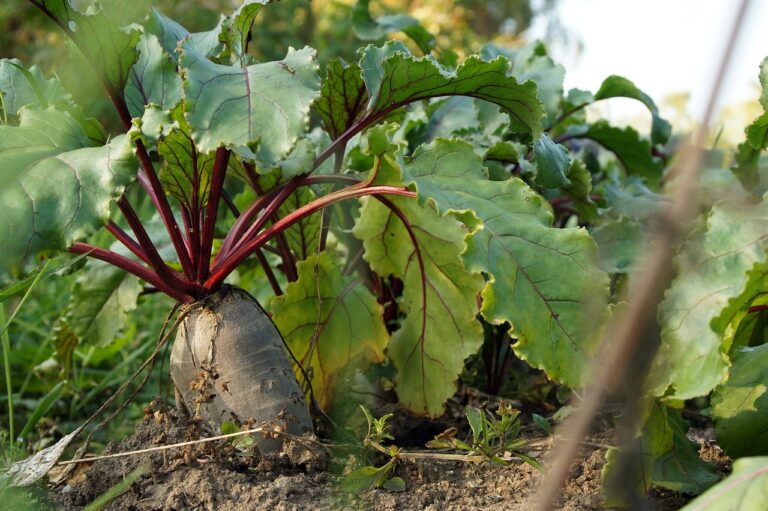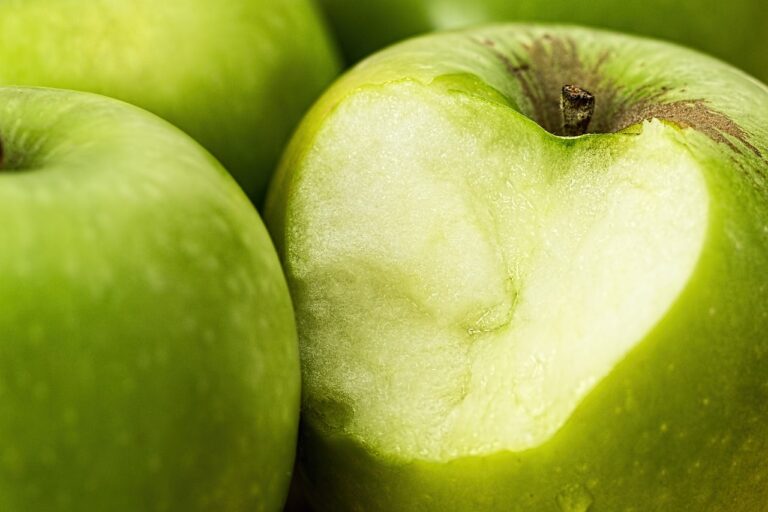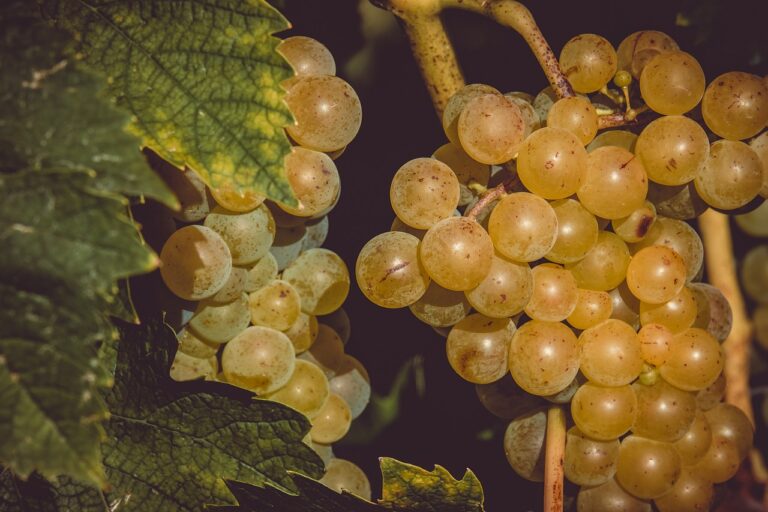Behind the Scenes of Food Photography: Creating Appetizing Images
When it comes to food photography, lighting plays a crucial role in capturing the essence and vibrancy of the dish. Proper lighting can enhance the texture, colors, and overall presentation of the food, making it more visually appealing to the audience. Natural light is often preferred for food photography as it offers a soft, diffused illumination that brings out the details and freshness of the ingredients.
Harsh, direct light can create unflattering shadows and highlights on the food, leading to an unappetizing appearance in photographs. To avoid this, photographers often utilize diffusers or reflectors to soften the light and achieve a more balanced exposure. Understanding how to manipulate light effectively can make a significant difference in the overall quality of your food images, making them more enticing and enticing to the viewers.
Selecting the Right Props and Backgrounds for Your Food Images
When selecting props and backgrounds for your food images, remember that simplicity is key. Opt for neutral-colored plates and utensils to allow the food to be the focal point of the image. White plates, wooden boards, and simple linens are great choices that won’t distract from the dish itself.
Consider the style and theme of the food you are photographing when choosing props and backgrounds. For example, if you are shooting a rustic dish, using a wooden background or incorporating elements like herbs and spices can enhance the overall aesthetic. On the other hand, for a more modern and minimalist look, sleek plates and simple geometrical shapes can create a striking visual impact.
Opt for neutral-colored plates and utensils
Choose white plates, wooden boards, and simple linens
Consider the style and theme of the food being photographed
For rustic dishes, use wooden backgrounds or herbs and spices as props
For a modern look, opt for sleek plates and geometric shapes
Choosing the Best Angle to Showcase Your Food
When capturing images of your delicious dishes, the angle at which you photograph the food can make a significant difference in how it is showcased. Experimenting with various angles can help you find the most flattering way to present your culinary creations. For example, shooting from a slightly higher angle can provide a full view of the dish and all its components, making it ideal for flat lay compositions.
On the other hand, getting down to eye level with the food can create a more intimate and inviting perspective for the viewer. This angle can help highlight details and textures, emphasizing the artistry of your plating and enticing the audience to dive into the image. Additionally, shooting from the side can showcase the layers and textures of the food, adding depth and visual interest to your photographs.
Why is lighting important in food photography?
Lighting is crucial in food photography because it can affect the overall appearance and appeal of the food. Proper lighting can enhance the colors, textures, and details of the food, making it look more appetizing.
How can I improve the lighting in my food photography?
You can improve the lighting in your food photography by using natural light whenever possible, avoiding harsh shadows, and experimenting with different angles to find the best lighting for your food.
What props and backgrounds should I use for my food images?
When selecting props and backgrounds for your food images, choose items that complement and enhance the food without distracting from it. Consider using simple, neutral backgrounds and props that add to the overall aesthetic of the dish.
How can I choose the best angle to showcase my food?
To choose the best angle to showcase your food, consider the shape and height of the dish, as well as any key ingredients or garnishes that you want to highlight. Experiment with different angles to find the one that best showcases the food in a visually appealing way.

